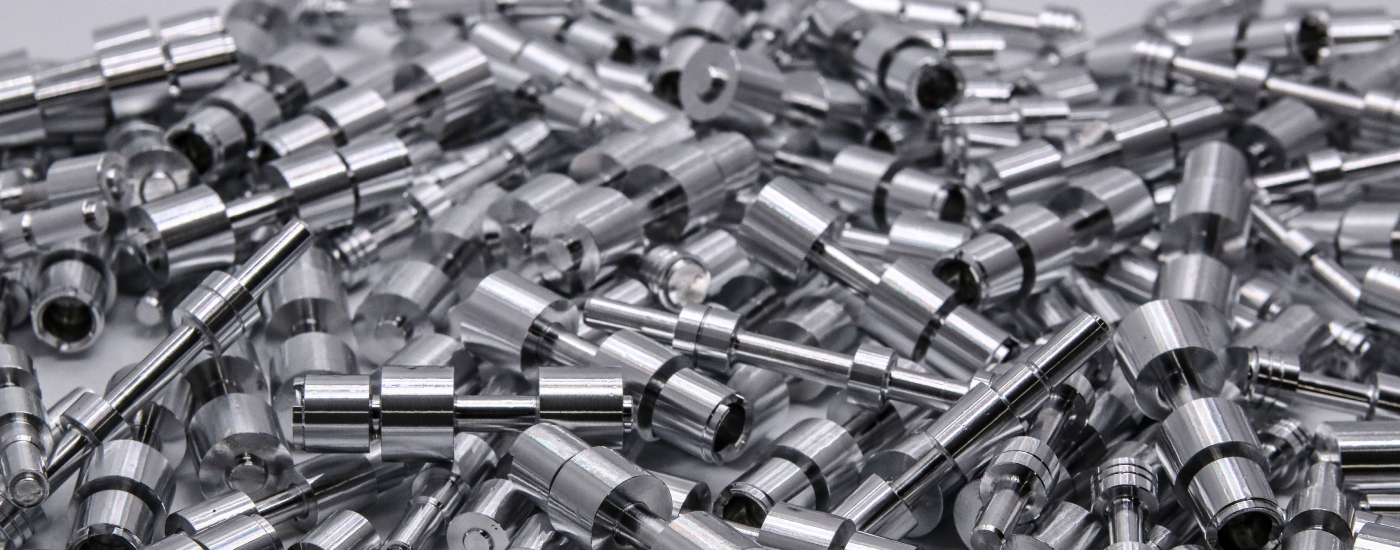However, it could be vulnerable to environmental factors by itself, and at this time, the ‘surface treatment’ process called anodizing plays an important role.
Anodizing, which forms a strong and durable protective layer on the surface of aluminum, extends the life of the product and improves its usability in various environments.
Anodizing thickens the natural oxide layer of aluminum, improving its resistance to corrosion, wear, and scratches. Another attractive feature of anodizing is that it can be dyed in a variety of colors. The oxide layer formed in this manner helps to maintain its appearance while increasing the durability of aluminum. Anodizing thickens the natural oxide layer of aluminum, improving its resistance to corrosion, wear, and scratches. Another attractive feature of anodizing is that it can be dyed in a variety of colors. The oxide layer formed in this manner helps to maintain its appearance while increasing the durability of aluminum.

Aluminum, a light and strong metal, is widely used in various industrial fields.
However, aluminum, which oxidizes easily in the natural state, forms a weak protective layer. Anodizing is a technology developed to overcome this weakness of aluminum.
This process adds a strong and durable layer to the surface of aluminum, significantly extending the life of aluminum products and improving its usability in various environments.
Anodizing aluminum greatly improves durability and abrasion resistance of the surface. Anodized aluminum becomes more resistant to physical impact and friction, and is more significantly resistant to damage that may occur during everyday use. This allows aluminum products to last longer and perform better.
Anodizing significantly improves the corrosion resistance of aluminum. This oxide layer protects the metal from environmental factors that may cause corrosion. In addition, the anodizing layer, which is non-conductive, is useful for providing electrical insulation. These properties make aluminum ideal for use as a component in electrical and electronic products.
Anodizing is an important way to add aesthetic value to aluminum. You can choose from a variety of colors, which can improve the appearance of your product and reinforce the brand identity. Anodized aluminum can be finished in glossy or matte materials, which provides a luxurious appearance. These aesthetic factors can have a significant impact on consumers’ purchasing decisions.
After anodizing, further processing of aluminum may be somewhat difficult. The oxide layer formed during the anodizing process is very hard and durable, so removing or modifying this layer using conventional processing methods could be difficult. This means that additional consideration and planning is required during the manufacturing process, especially when precise dimensional adjustments or complex design elements are needed. Therefore, it is recommended that anodizing be applied mainly to products whose final shape or dimensions are fixed.
Anodized aluminum may have relatively low heat resistance. If exposed for a long time in a high temperature environment, the oxide layer may be weakened or deformed. This may limit the use of anodized aluminum in heat-sensitive applications. In addition, anodizing may have difficulty maintaining consistency in thickness and color, which requires careful quality control in mass production.